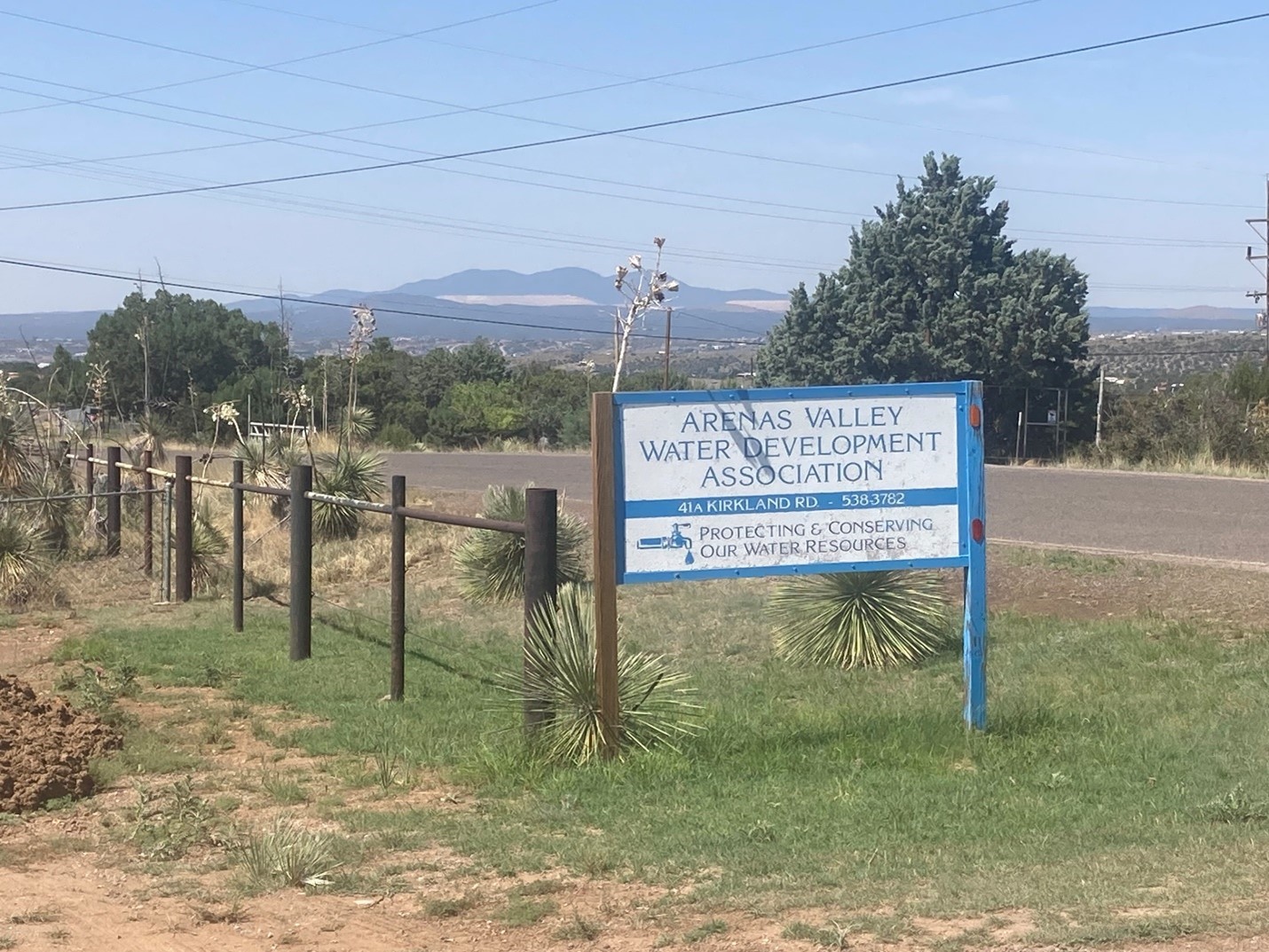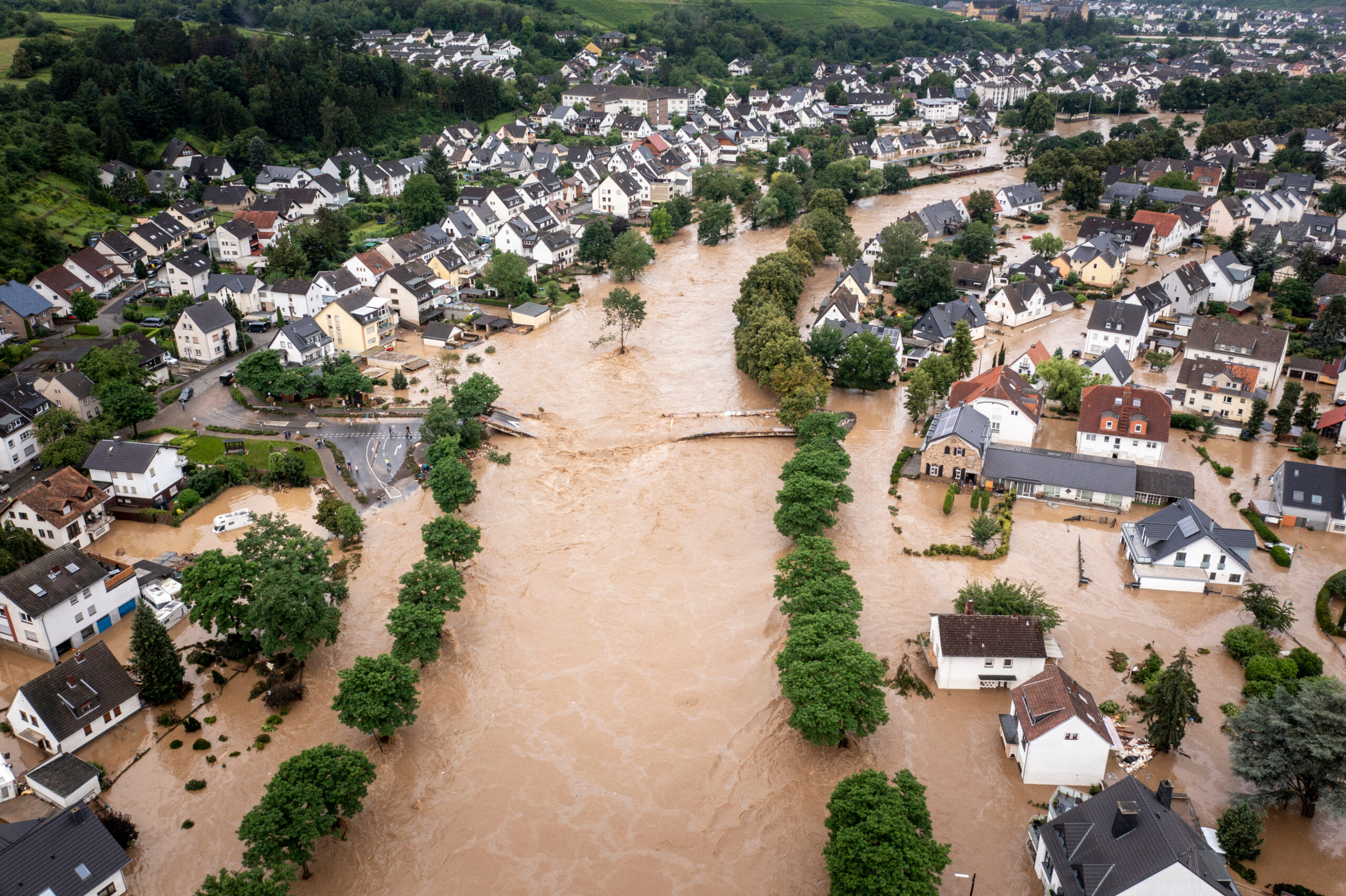How a Revenue Analysis Can Ensure Water Security for Communities
Colonias
Arenas Valley, or “Sandy Valley” as it might be loosely translated in English, lies along US 180 in Grant County, New Mexico. This stretch of towns —Hurley, Bayard, Santa Clara, Silver City— draws its lifeblood, in part, from the mixed red and green ores that abound nearby: copper. Traveling along this dry but scenic corridor, one is quickly reminded of something even more important: water.
The importance of water became clear during a visit to the Arenas Valley Water Development Association (AVWDA), which serves about 500 customers in one of the most rural portions of this corridor. During a recent visit, RCAC staff watched people come in to pay their bills and take the time to talk with Julie Dubiskas, AVWDA’s office manager since 2005. Between customers, she explained the importance of water, the many improvements made to the water system and the wonderful people she has worked with over the years.
Dubiskas also pointed out the challenges the water system faces: aging meters, distribution line breaks, and the loss of board members. Arenas Valley pulls all its water through an 8-inch transmission line from the Town of Silver City, located several miles away.
“One of the biggest challenges is paying for the water we purchase,” Dubiskas said. “As a purchased water system, we have less control over our costs. When Silver City increases its rates, we have to pass those costs along.”
Recognizing these challenges, the association reached out to Karl Pennock, a Small Utility Consultant with the Rural Community Assistance Corporation (RCAC), in June 2024. Following an initial kick-off call, RCAC began working with the Association to review its revenue needs. They identified approximately $6M in water system improvements over the next several years, including the extension and replacement of waterlines and meters.
The current revenue analysis aims to ensure that the Association has the capacity to meet its forecasted operating, debt service, and reserve needs over the next five years. A combined revenue/rate analysis review was completed in October 2024 with a presentation to the board conducted on October 23, 2024 with RCAC’s assistance. At the Association’s request, RCAC plans to provide further assistance, including a rate analysis that will optimize operating revenue while recognizing the Association’s water conservation efforts. The association continues to make progress on two key projects that will reduce chronic water loss: 1) replacement of deteriorated waterlines on the east and west legs of Arenas Valley Rd. along U.S. Hwy 180 with bid opening occurring today; and 2) installation of new radio-read water meters and related billing software.
By reaching out to residents and other communities along the mining corridor, the rate analysis will streamline access to funding. The proposed infrastructure improvements will ensure greater water security as the system considers becoming part of a larger regional waterline planned for the area. RCAC is proud to support the Arenas Valley Water Development Association as it looks to the future.
This article is funded by USDA under RCAP’s Colonias 2023-2024 grant.




